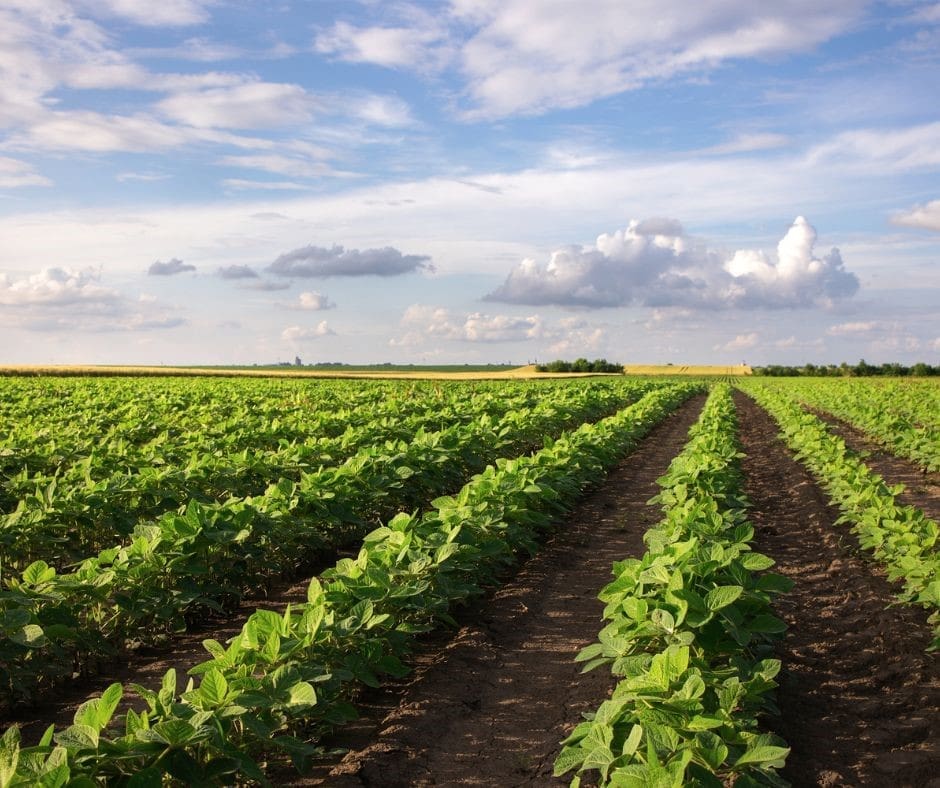The 2024 growing season reaffirmed the advantage of early-planted soybeans. Weather patterns favored early-maturing varieties, which benefited from July rains. While there were variations, such as flooding in northwest Iowa and Nebraska, early-planted soybeans generally outperformed those planted later, especially after dry conditions set in during mid-August.
As the season progressed, the lack of rainfall in August and September impacted seed size and yield. Late-season dry spells were more detrimental than early-season droughts, as soybeans compensate better during the early stages of growth. Fields with irrigation performed better, though even irrigated soybeans yielded less than expected due to smaller seed size and pod abortion. For non-irrigated fields, the absence of moisture later in the season led to significantly lower yields.
In one Soybean Watch ’24 field, soybeans planted on eroded clay loam struggled due to poor height and potential soil fertility issues, affecting their overall yield potential.













